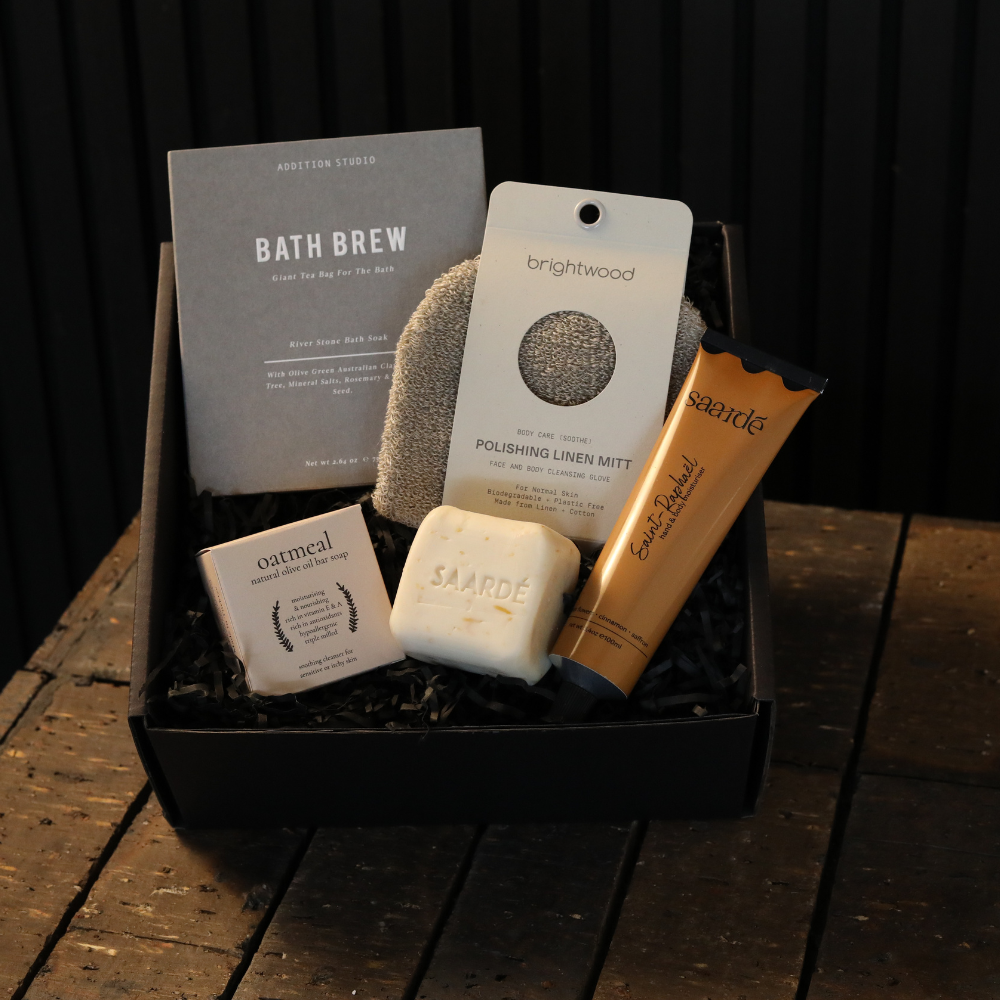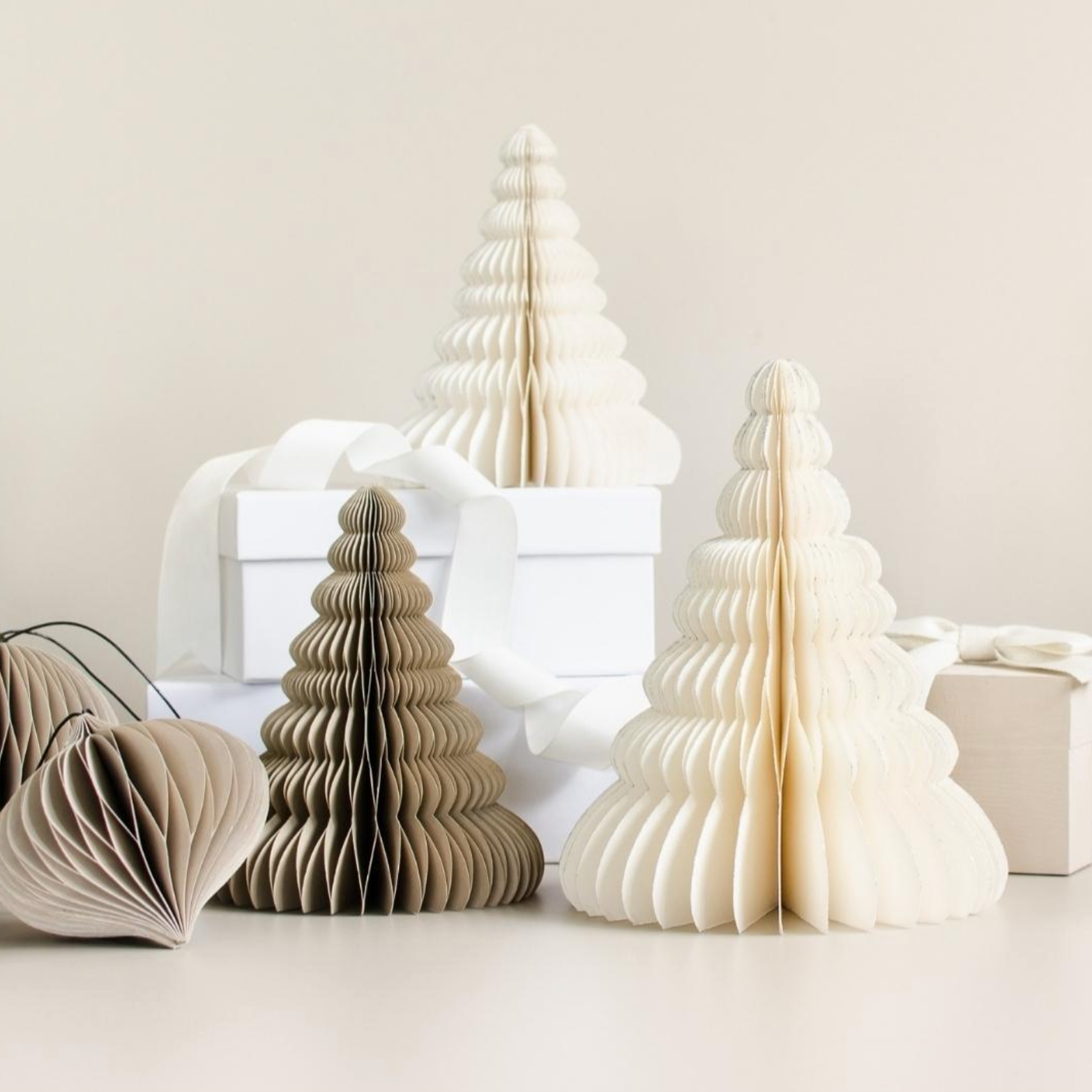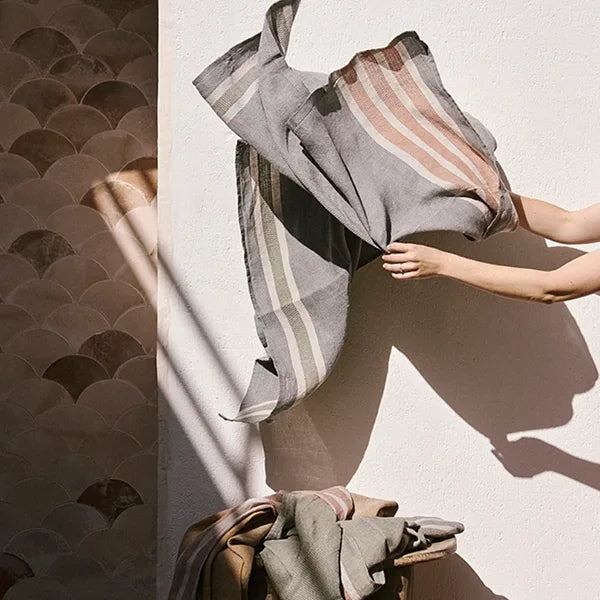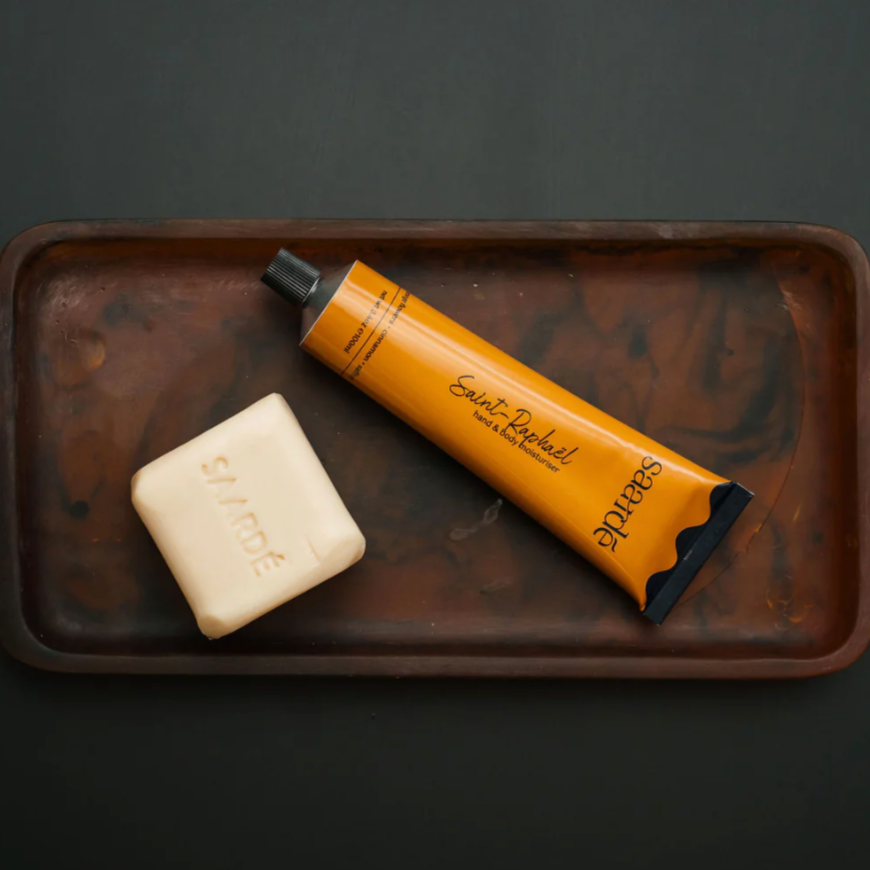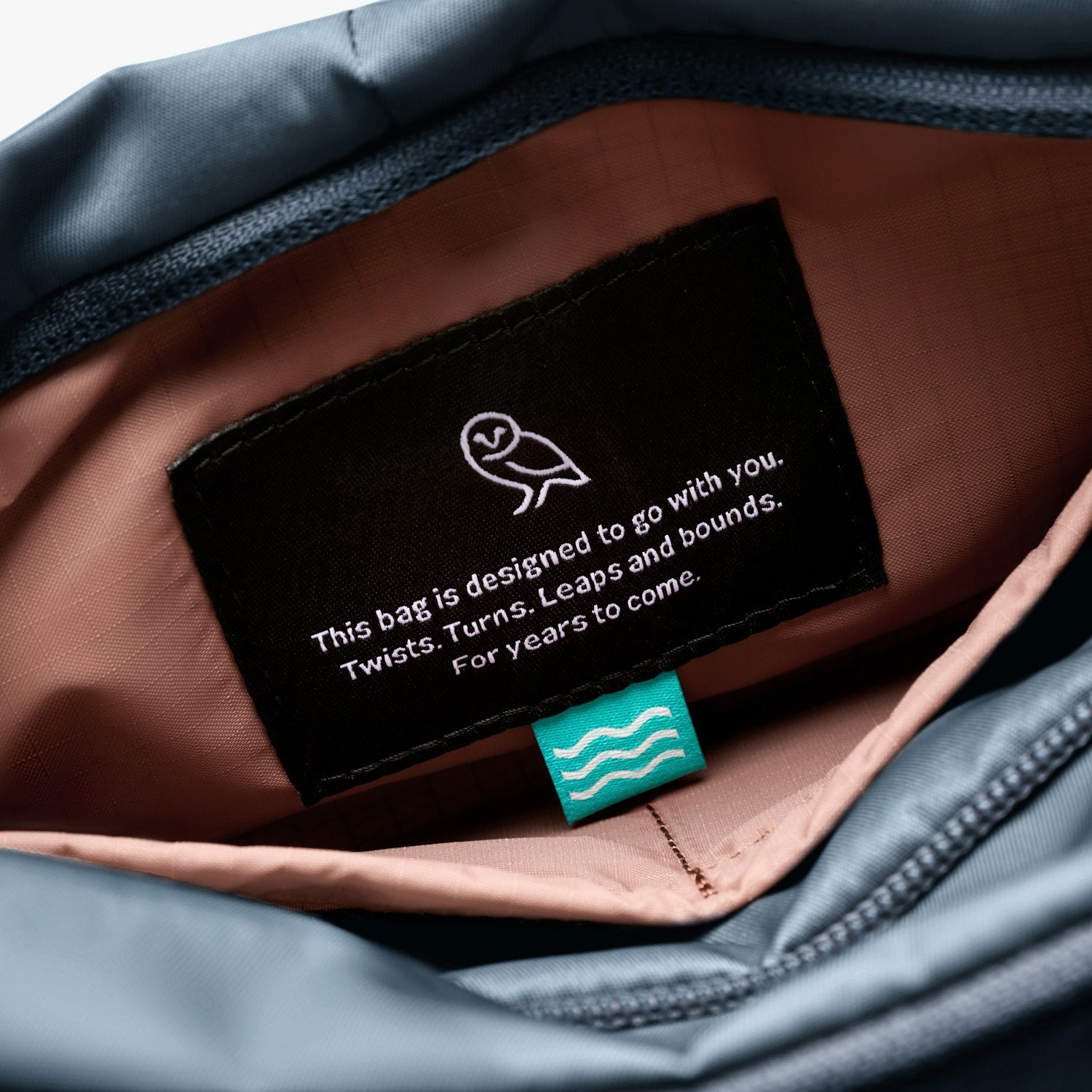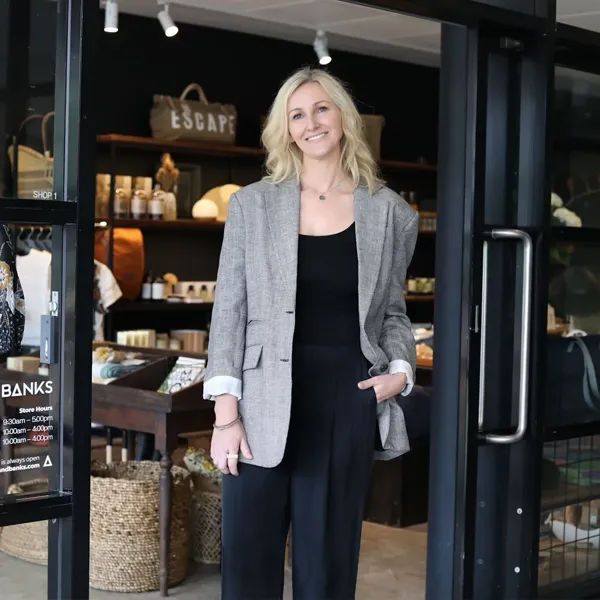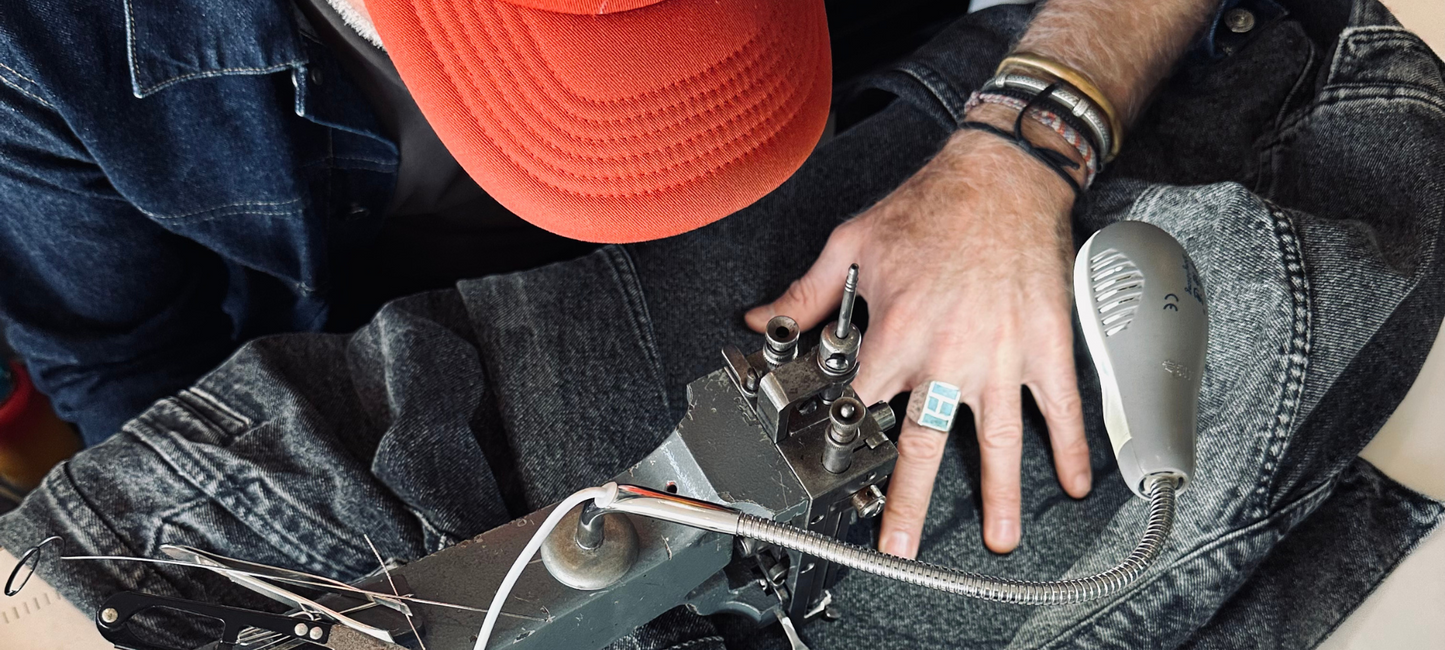The Challenge of Living a Plastic Free Life
Written by Niccii Kugler
In Australia, plastic waste and recycling are hot topics. We have shopping bag bans, single-use plastic bans, and documentaries on the war on waste. With statistics showing that Australians generated 67 million tonnes of waste in a year, it’s no wonder that we’re concerned. After all, we all know that plastic pollutes our waterways and creates excess landfill that doesn’t decompose for decades.
Armed with this knowledge, millions of people globally are opting to bring refillable cups to grab their morning coffees, packing cloth bags when they go to the grocery store, and investing in household items made of sustainable or compostable materials. But what are your options if you want to try going plastic-free this Plastic Free July and beyond?
NueBar Plastic Free Shampoo Bar
We live in a plastic world
The simple fact is that it’s hard to avoid plastic these days. Big companies will use plastic because it’s cheap, easy to mould, and economical to use - so it’s really no wonder that it’s so prevalent.
And, to be completely honest, there are situations where plastics are hard to avoid. For example, syringes and intravenous drip bags are both made of plastic and essential to the medical industry while plastic water bottles can be a lifesaver for people after a natural disaster.
Even in everyday living situations, we’ve become so dependent on plastic products that making the shift to refusing single-use plastics is a definite challenge. It’s everywhere from our toothpaste tubes to detergent bottles and the lining of milk cartons.
What I’m trying to say is that by choosing to go plastic-free (or even just reducing plastic use), you will be choosing the least convenient option. If using less plastic was an easy switch, there’s no doubt we’d all be doing it. We all know plastic is bad for the environment but making the switch can be tough.
And so, my biggest piece of advice to you is not to be too hard on yourself. If you can only make the change in small areas of your life - that’s fine! If you forget to bring your reusable coffee cup one Monday morning, don’t beat yourself up about it.
Learn from your experience, and try again. Over time, you’ll get better at remembering. Change is a process that takes practice. The decisions you are consciously making will form into habits, and you’ll become more prepared, consume less, and make a real difference to your plastic footprint.

Huskee Cup Reusable Coffe Cups
Tips for going plastic-free
Now, we’ve all read those articles that list the different ways you can swap out plastics. Tips like “bring a bag when you go shopping”, “buy a Keep Cup”, and “avoid individually-wrapped products” seem obvious.
So what I’m going to do is give you some ideas to change your lifestyle and way of thinking.
1. Identify the products you buy that contain plastic
Next time you go shopping, make a list of the products that you buy that contain plastic. This could be anything from plastic packaging in groceries, to plastic bags in online orders, or takeaway containers from restaurants.
This is where most people get overwhelmed - and I get it! You start researching going plastic-free and suddenly it seems like the only way to do it right is to start making your own toothpaste and detergent. But, I think it’s important to recognise that we all have our own priorities.
For a young student, opting to get their food from community gardens will have its own appeal, but a single mother juggling work and kids will be focussing on different areas. So, pick the areas you can control and start making changes there.
3. Find what works for you
Everyone’s journey is different so it’s important to find what works best for your particular situation. It might be using great apps like My Little Plastic Footprint and the Plastic Free July website to keep you on track, or revamping all of your essentials in one hit. Maybe you feel the most inspired when you’re actually connecting with the people making the goods
Whatever you decide, just know that as long as you're trying, there is no wrong way to minimise your impact on the environment.
← Older post Newer post →

